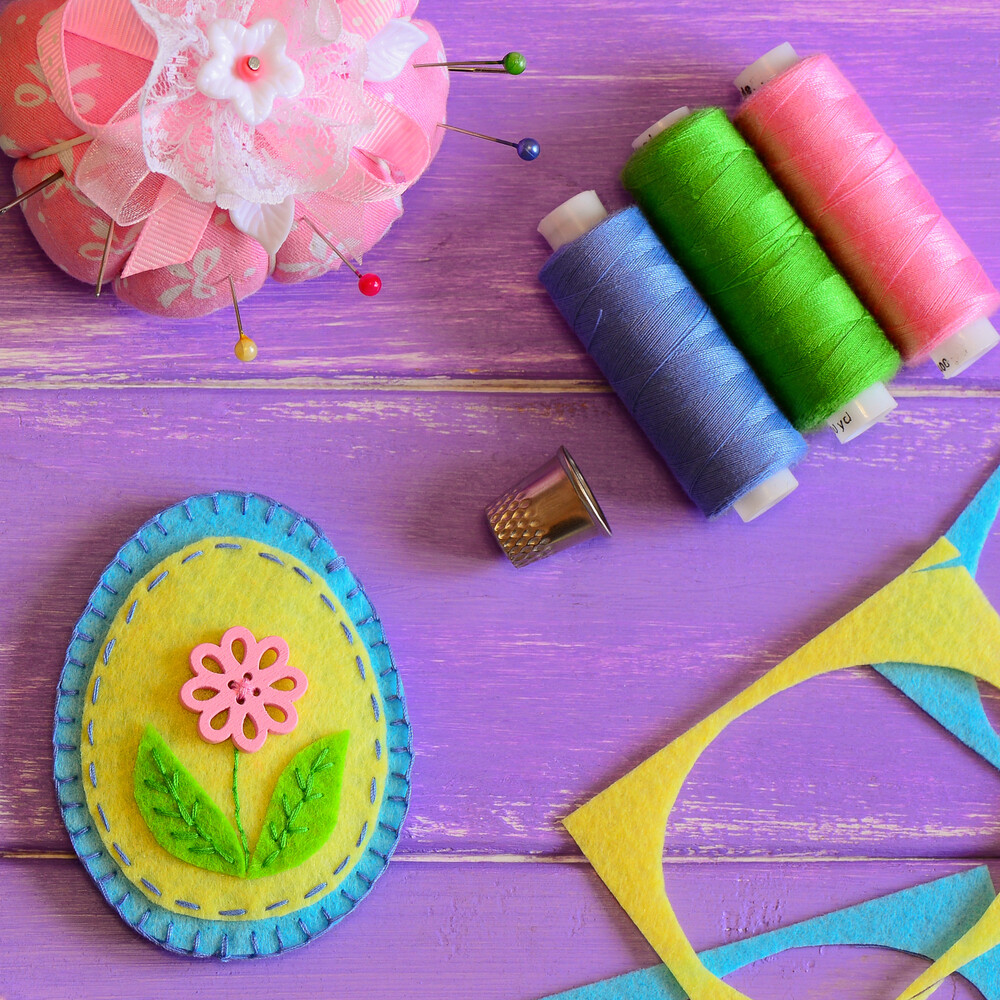Today, sewing is one of the favourite hobbies of Amber, the founder of Makerist.de. But she remembers the beginning very well. Here are the best tips for sewing for beginners.
1. If you want to sew, you must also be able to separate
I know it sounds pessimistic, but no matter how hard you try, a seam has to be cut again and again, especially with the first projects. I did it with a small pair of nail scissors in the beginning – honestly, that was twice unwieldy and therefore twice as frustrating! A good seam ripper (e.g. from Prym) minimizes the frustration factor if something goes wrong – so new seams are quickly quilted!
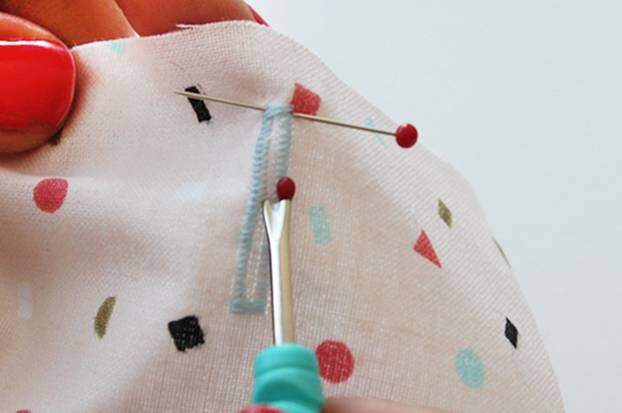
2. Wind it up once, please: Yarn and bobbin
Usually it happens shortly before the end of a visible seam – the bobbin is suddenly empty. Then rewinding takes not only the time but also nerves. Yet this dilemma can be prevented so easily! My tip: Just take a look at the bobbin at the beginning of the project and fill it up generously! It is also helpful to have one or the other additional bobbin in the sewing box!
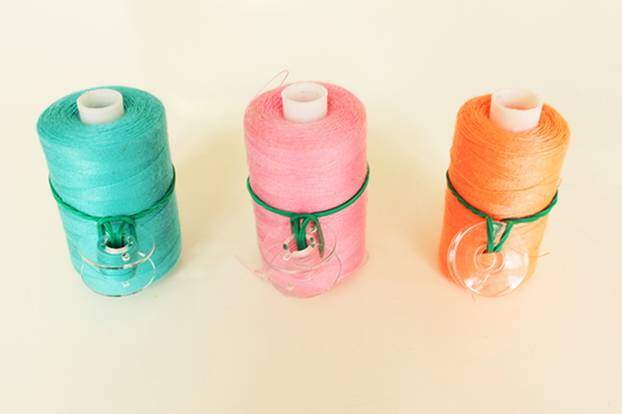
3. Blunt tailor’s chalk? Just peel it!
One of the principles when sewing is accuracy! In order for every seam to fit, every line must have been clearly drawn beforehand. For exact lines with tailor’s chalk (e.g. from Prym) this has to be sharpened from time to time. I do it very simply with a peeler – just peel both sides a little and nothing stands in the way of the perfect line!
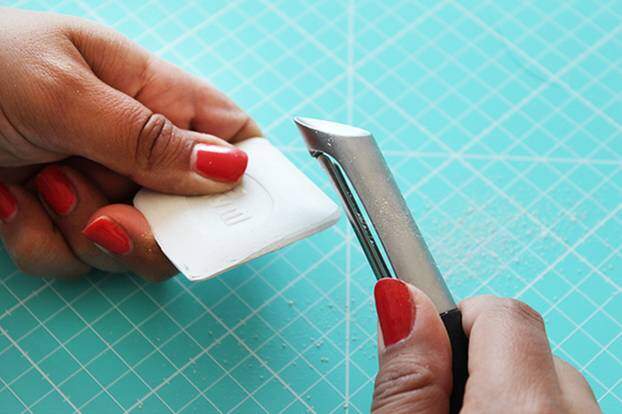
4. Mark large seam allowances with tape
Every seam has its seam allowance. Most sewing machines will help you to keep the markings on the needle plate. Sometimes, however, it may be a bit clearer. My tip: stick a piece of tape to the appropriate place on the machine. So you always know where to go and your machine has also been given a chic visual highlight.
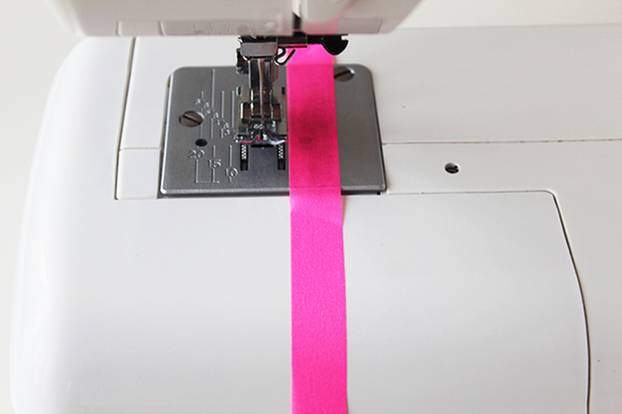
5. Clean cut with the zigzag scissors
Especially as a beginner, you may not yet have an overlock machine in the sewing room, that is, sewing in a zigzag stitch. This is important, but it can be a bit annoying in the long run. My tip: Invest in beautiful zigzag scissors (e.g. from Buttinette or Prym). This saves you the back and forth of woven goods – and jerseys don’t need to be specially cleaned anyway.
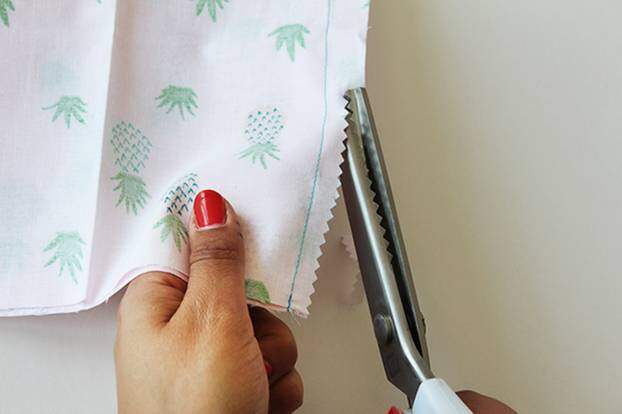
6. Thread like a boss!
If the eye of the needle shrinks again and the thread seems to have grown, it needs little tricks to thread it. First aid is available with scissors: Just cut the thread again and yes, it actually helps to make an oblique cut! Still too flabby? No problem, a small push of hairspray makes the end of the thread stiff and helps with quick threading.
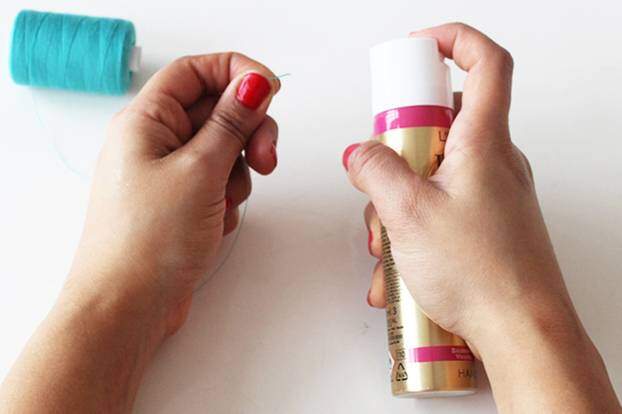
7. So simple and so practical: tape measure on the edge of the table
You don’t actually need to put the measuring tape out of your hands when sewing. Unless you do it like me and stick it to your table edge with double-sided tape. So it is always ready, does not curl up constantly and you can work cleanly. And it looks nice too!
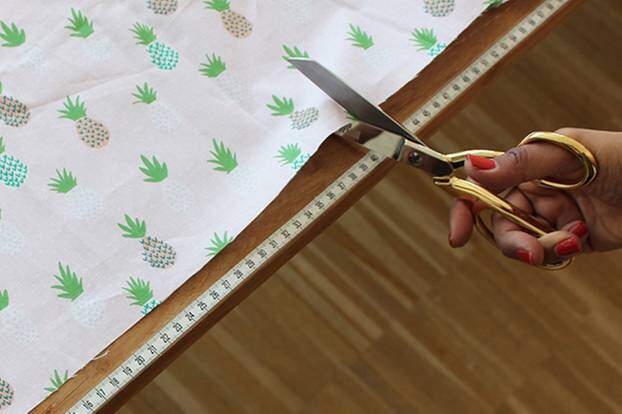
8. Stick or clip?
Those who prick their own fingers rather than the fabric with embroidery needles now have a great alternative for all sewing projects: Wonderclips. The practical little helpers are plastic clips that easily fix everything where it should stay. For fabrics such as leather or cork, they are even essential to avoid small puncture holes!
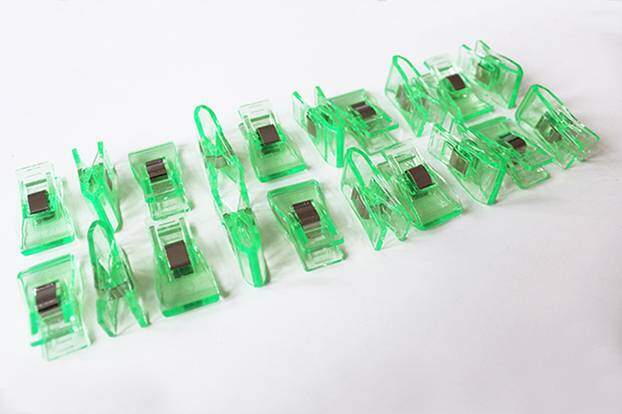
9. Needle at first glance: Sorting with a cork wall
With the first advanced sewing projects come more sophisticated fabrics, which in turn require special sewing machine needles (e.g. from Schmetz or Prym). There is a great trick to keep track of things quickly and safely: label a cork pinboard and simply pin the different needles in the right place. This guarantees that no needle disappears in the bustle of haberdashery.

10. Well ironed is half sewn
This sounds a bit like an old housewife saying, but when it comes to sewing, this knowledge is worth its weight in gold! Once the finished seams are ironed out, they hold twice as well and bring the desired shape directly into the sewing projects.
So much for now – as a complete beginner, these few tips may be quite a lot, but don’t worry, with a little practice, you’ll quickly get used to the individual tricks and your skills will improve from project to project!

